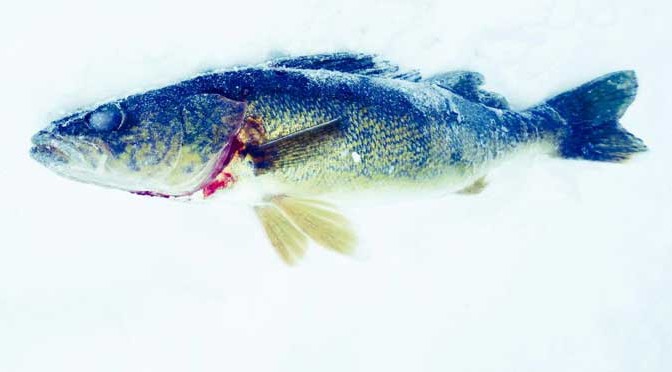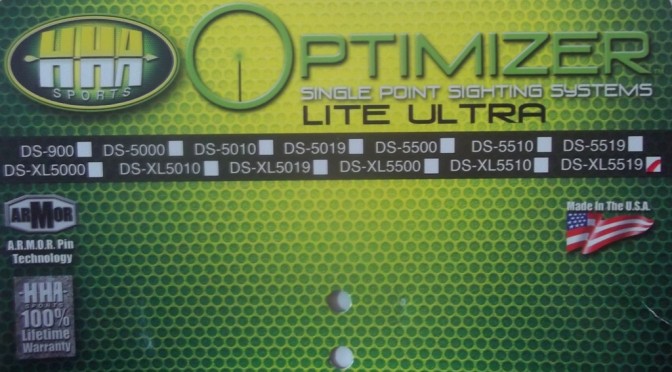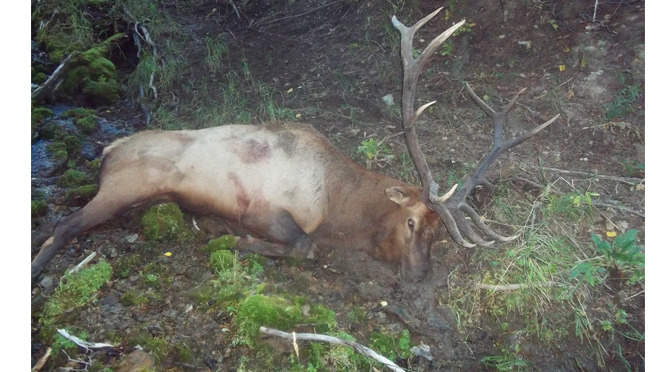Tournament veteran Dave Mansue doesn’t mind fishing jigs for winter bass, but he’d much rather throw a deep diving crankbait, and he often does. The Yamaha pro knows that if he can find baitfish, bass won’t be far behind, and they’ll nearly always hit one of the diving lures.
“The key to winter crankbaiting is getting your lure down as fast as possible, then moving it as slowly as you can,” laughs Mansue. “I call it ‘worming with a crankbait,’ because you move the lure with your rod, not your reel. In the colder water we have now, bass certainly aren’t chasing lures very far, so you need to let them have as much time as possible to get it. “It’s just the opposite of how we fish deep diving crankbaits in the summer.”
Since much of winter crankbaiting depends on locating shad and other baitfish, Mansue has developed a checklist of places and conditions where he may find them, regardless of which lake he’s fishing. At the top of the list is 10 to 15 foot water adjacent to deeper depths. The steeper the depth change, the better he likes it.
“I need the 10 to 15 foot depth for my crankbait,” explains the Yamaha pro, “but both baitfish and bass need the deeper water for comfort and safety. I normally fish in the main lake or on primary and secondary points in the large tributaries, since these are areas where I normally find those types of depth changes. Long points, ledges, creek and river channels that run close to these points, and bluffs are all places I look for baitfish.
“The bait itself will frequently gather in big schools, or ‘bait balls,’ and these schools are large enough to show up well on your electronics. I like to ease along the edge of a breakline, or criss-cross over the top of a point, and just study my depthfinder. When I do see a big school of baitfish, I can often see the surrounding bass, but even if I don’t, I know they’re nearby, and these are the bass that will hit a crankbait.”
Mansue prefers clear water in the winter, and on some lakes the clear water will also have sub-merged vegetation like milfoil or hydrilla. Baitfish and bass will usually stay around places like this, as well, either right over the top of the vegetation or suspended along its deeper edge. Still another place he looks for baitfish is around flooded timber, where they may be suspended in his 10 to 15 foot crankbait range.
“Watching the water temperature can also be extremely important in winter crankbaiting,” he continues, “because only a few degrees can really change the way a bass acts,” he continues. “I won’t hesitate to throw a crankbait when the water temperature is in the high 40’s, but on a bright, sunny day the temperature may rise two or three degrees by mid-afternoon.
“When that happens, both the bait and the bass may rise several feet to take advantage of the warmer water, and that’s when they’ll bite better, too.”
The Yamaha pro uses rods of seven-feet or longer to make extended casts, and prefers eight or 10-pound fluorocarbon line to get his crankbaits down to their maximum depth. Reeling fast so the lures dive quickly, Mansue then starts crawling the crankbaits along the bottom, just over the top of vegetation, or feathering them through the flooded timber.
“It’s still important to keep your crankbait in contact with whatever you’re fishing,” he notes, “but you do it much slower. With deep, submerged vegetation, for example, you just barely want to touch the top of it. I also like to cast across vegetation, as well, so my retrieve brings the lure over the edge where bass may be suspended.
“The same presentation works when I’m fishing points or channels. I’ll make 45-degree casts, so I can work the crankbait over the edge of the depth change. This is how the baitfish swim, and I want to mimic them as closely as possible. I use shad-colored lures, and just swim them as slowly as I can.”
Overall, concludes Mansue, winter crankbaiting can provide an exciting alternative to jig fishing, especially in clear water and on bright, sunny days. As long as you can get a crankbait down to the bass, they’ll usually hit it.
Subscribe to the show – and don’t forget to leave a 5 star review!
- Spotify – Subscribe Here
- Apple Podcasts – Subscribe Here
- Amazon Music – Subscribe Here
- iHeart Radio – Subscribe Here
- Google Podcasts – Subscribe Here
- Audible – Subscribe Here
Discover more from The HuntFishTravel Show
Subscribe to get the latest posts sent to your email.



